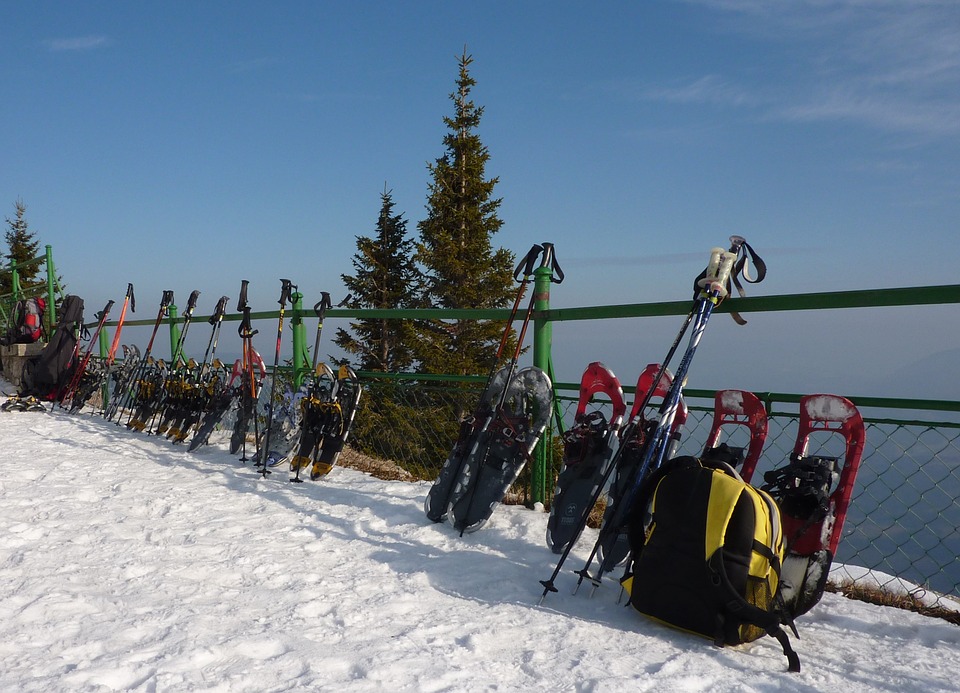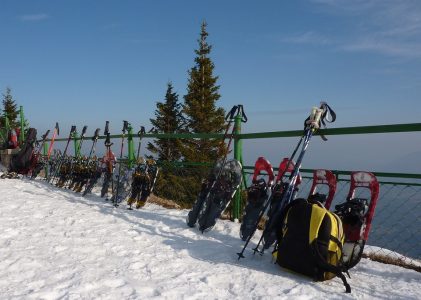The most commonly used and bigger parking area is near SR-88. Just south of this parking area is a smaller one, but this is usually reserved as a spot for snow removal equipment. Therefore it is ideal to either park at the larger lot or along the section of Blue Lakes Road that links the big and small parking lots. Both lots are equipped with pit toilets.
For Snowshoeing and cross-country skiing at Sno-Park or the meadow east of Blue Lakes Road, access is any place you prefer. There is no actual entry point or trailhead, just head out and enjoy the snow. As for the region up Blue Lakes Road, continue with the path past the entry/exit on the south of Sno-Park close to the smaller parking area, nor far from the Mccarthy Burgess & Wolff location.
Travel Directions Via Sno-Park
Start your snowshoeing and cross-country skiing adventures at the heart of hope valley at Sno-Park located on Blue Lakes Road. The most obvious and appealing for this adventure is to head into the meadow to the east of Blue Lakes Road. There is abundant space for you to travel since the meadow is relatively large.
Best on the snow conditions during your adventure, you might either fancy skiing a figure 8 pattern, huge loop, or some variation thereof. You can either follow ski tracks made by other skiers, ski along tracks made by snowmobilers, or break your trail. It is really up to you.
If you fancy breaking your trail, an exciting idea is going north and out of Sno-Park and into the forest located along SR-88, and then heading south to the West Fork of the Carson River. You can go directly towards the river, then move in either direction along the river’s bank. The options are endless due to the flat terrain.
Cross-Country Skiing and Snowshoeing Around the Meadow
One of the things you should consider when you go with this option is the region’s snow coverage. To protect your gear, you should avoid dragging it over shrubs, rocks, and any debris that may be concealed under a light layer of snow.
Your safety is more important, and you should pay attention to the water features in the area. The West Fork of the Carson River is the largest feature that runs through the meadow. However, this feature is very obvious and easy to avoid. What you want to watch out for are the small tributaries running into it. Tributaries such as Maxwell Creek can be very easily concealed by a smaller amount of snow. The reason why such tributaries are so hazardous and problematic is that you can end up soaking your legs or feet when you punch through the snow and go straight into the water. Slightly less hazardous but challenging, all the same, is getting your gear wet. For instance, when your skis get in contact with water, snow will likely freeze those spots and limit the effectiveness of your gliding ability. A great idea is to watch out for huge depressions, especially if shrubs or trees line the depression, going around them instead.

